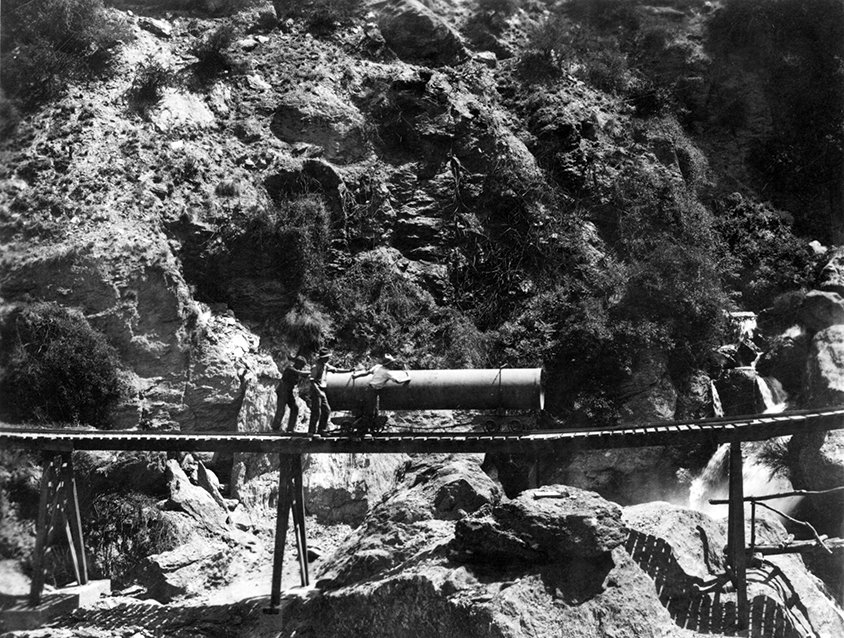
Our History
Pioneer Energy’s history has never been about standing still. We continually innovate and challenge the status quo to find ways to deliver value.
The Otago Central Electric Power Board was established in 1924 as a community-owned organisation with exclusive rights to generate, distribute and supply electricity to the wider Central Otago. The Board amalgamated with the Teviot Power Board in 1960 and rebranded as Central Electric in 1993.
Amidst, the electricity industry reforms of 1999 Central Electric chose to sell its lines and retain its generation business to become Pioneer Generation Limited. In 2012, Pioneer Generation acquired Energy For Industry, diversifying the portfolio to include thermal assets. In 2016 the company rebranded to Pioneer Energy Limited reflecting a diverse portfolio of energy assets, products and investments throughout New Zealand.
In 2024, Pioneer Energy Group was formed to enable future investment in and development of sustainable energy solutions.
